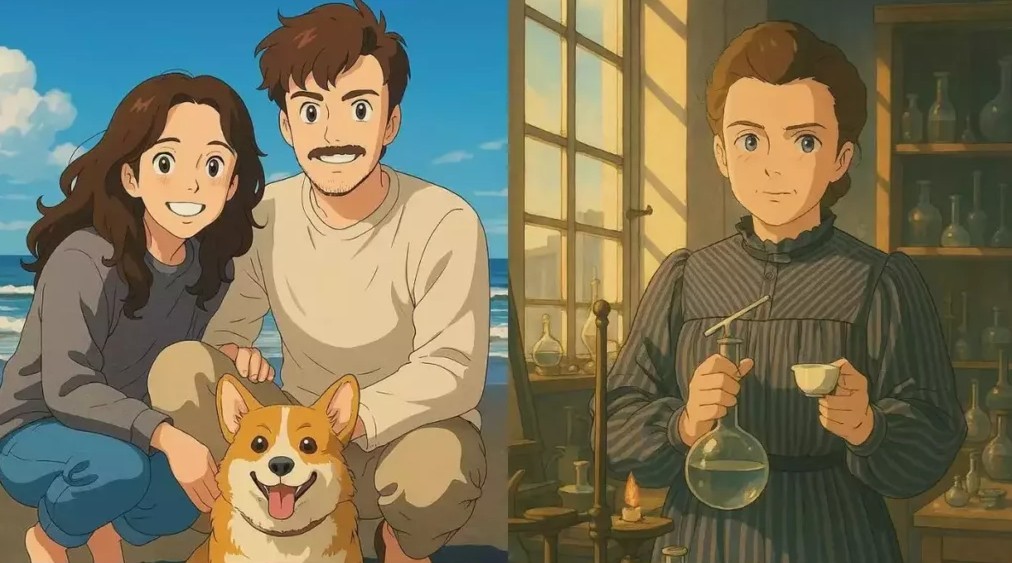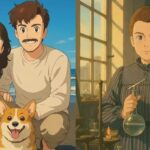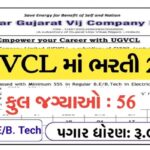The integration of artificial intelligence into the creative space has stirred debates worldwide, and the latest controversy involves AI-generated art inspired by the distinctive animation style of Studio Ghibli. As AI tools continue evolving, they are increasingly capable of replicating well-known artistic aesthetics, raising ethical concerns among artists and fans alike. OpenAI’s image-generation model, available to premium users, recently showcased its ability to produce artwork resembling the beloved Studio Ghibli style, leading to widespread discussion and criticism.
Discontent Among Studio Ghibli Fans
The introduction of AI-generated Studio Ghibli-style art has been met with disappointment from many admirers of the Japanese animation studio’s work. Fans of legendary filmmaker Hayao Miyazaki and his team believe that the magic of Studio Ghibli’s storytelling and visuals cannot be captured through AI-generated images. They argue that the soul and depth present in hand-drawn animation are irreplaceable and that AI replication diminishes the authenticity of such works.
For decades, Studio Ghibli has been celebrated for its meticulous attention to detail, hand-drawn animation techniques, and emotionally rich storytelling. The emergence of AI-generated imitations has led to growing concerns about the value of human creativity and the potential erosion of genuine artistic expression. Many worry that such AI-generated content not only dilutes the essence of the original art but also threatens the future of traditional animation.
The Ethical Concerns of AI in Artistic Creation
A significant point of contention in the debate is the ethical implications of AI-generated art. AI models are trained on vast datasets, often including existing copyrighted material, raising concerns about intellectual property rights. While OpenAI claims that its latest model avoids directly copying the work of living artists, the ability to generate Studio Ghibli-style images still raises questions about fair use and artistic integrity.
Critics argue that AI’s capacity to replicate an artist’s unique style without consent undermines the efforts of creators who have spent years perfecting their craft. Many fear that AI-generated art could devalue original works, making it more challenging for traditional artists to receive recognition and compensation for their efforts. This has sparked discussions about whether stricter regulations should be imposed to protect artists from unauthorized style imitation by AI models.
The Response from OpenAI
OpenAI has acknowledged the concerns surrounding AI-generated art and claims to have implemented measures to prevent direct imitation of individual artists. According to the company, their latest model includes safeguards to refuse requests that attempt to recreate the work of specific living artists. However, broader artistic styles, such as the well-recognized Studio Ghibli aesthetic, are still accessible within AI-generated outputs.
Despite these precautions, the debate continues, as many believe that allowing AI to replicate general artistic styles still poses a threat to artistic originality. The company’s encouragement of AI-generated “Ghibli-style” images has only fueled the controversy, leading many to question the long-term consequences of AI’s role in the creative industry.
The Views of Hayao Miyazaki on Artificial Intelligence in Art
Hayao Miyazaki, co-founder of Studio Ghibli and one of the most respected animators in the world, has previously expressed strong disapproval of AI-generated art. In a resurfaced interview, Miyazaki criticized the use of AI in artistic creation, stating that AI lacks the ability to understand human emotions and the essence of life. He described AI-generated work as an “insult to life itself,” emphasizing that true art is deeply rooted in human experiences and emotions.
Miyazaki’s firm stance against AI in animation has reinforced the sentiment among Studio Ghibli fans that the beauty of hand-drawn animation cannot be replicated by technology. His views reflect the concerns of many artists who fear that AI could lead to the devaluation of human creativity and craftsmanship.

The Broader Impact on the Creative Industry
The controversy surrounding AI-generated Studio Ghibli-style art is part of a larger conversation about the role of artificial intelligence in creative fields. As AI continues to advance, the lines between human-made and machine-generated content become increasingly blurred. This has sparked debates not only in animation but also in fields such as music, literature, and graphic design.
For many artists, AI represents both a tool and a challenge. While some view AI as a means to enhance creativity and streamline artistic processes, others see it as a potential threat to originality and artistic livelihood. The ongoing discussions highlight the need for clear ethical guidelines and legal frameworks to ensure that AI is used responsibly in artistic creation.
The Future of AI and Traditional Animation
Despite the rapid advancements in AI technology, traditional animation remains a cherished art form. Studio Ghibli’s legacy is built on the dedication and passion of its artists, whose hand-drawn works have captivated audiences worldwide. While AI may be able to mimic certain visual elements, it cannot replicate the heart and soul that human artists pour into their creations.
Moving forward, it is likely that AI will continue to play a role in the creative industry, but the importance of preserving human-driven artistry cannot be overstated. Artists, industry professionals, and technology developers must collaborate to find a balance that respects artistic integrity while embracing the benefits of technological progress.
Conclusion: The Debate Continues
The introduction of AI-generated Studio Ghibli-style art has ignited a passionate debate among fans, artists, and industry professionals. While some appreciate the technological advancements that allow for creative experimentation, others fear the consequences of AI’s growing influence on artistic expression.
As AI continues to evolve, it is crucial to address the ethical and legal implications of its use in the creative industry. Protecting the originality of artists while exploring the possibilities of AI-driven creativity will be an ongoing challenge that requires thoughtful discussion and responsible implementation.
For now, fans of Studio Ghibli remain steadfast in their belief that the beauty and depth of traditional animation cannot be replaced by artificial intelligence. As the debate unfolds, one thing is certain—the conversation surrounding AI and artistic integrity is far from over.
Get AI-Generated Studio Ghibli-Style Art at One Click!









